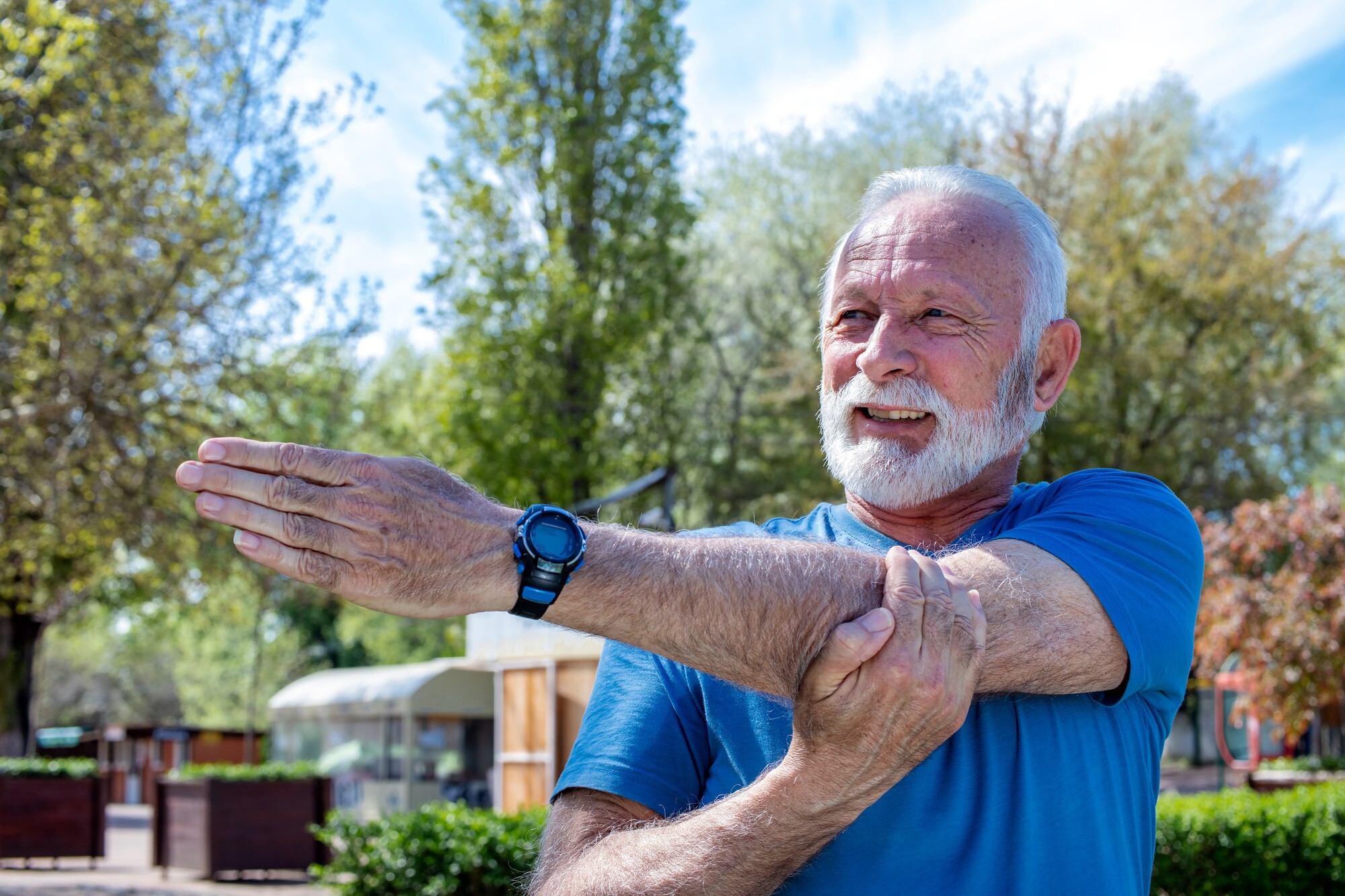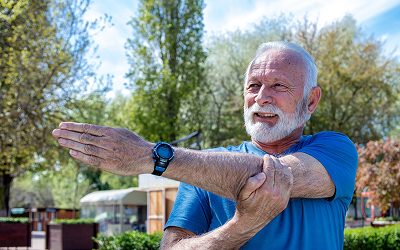We've all had those moments, gazing out a window, dreaming of fantastical abilities – flight, underwater breathing. While we may not possess superpowers, nature has provided us....
Read MoreThe many benefits of MSCs on bone flaws and cartilage damage

Skeletal diseases affect millions of people worldwide, especially older populations. Common disorders include fractures, osteoporosis, osteogenesis imperfecta, and osteoarthritis. These conditions can be caused by injury or chronic ailments, leading to bone density loss, deformities, and joint swelling and stiffness
Many current treatments aim to treat and protect bones from different disorders. Medications have been developed to help lower bone breakdown risk and protect against further fractures. Other therapies can help build new bone structures and strengthen bone in conditions like osteoporosis. While these treatments can be effective in enhancing bone and repairing some damage, they don’t address the root cause and are only minimally effective in regenerating bone structure.
In response to the need for more effective treatments for skeletal disease, stem cells are emerging as a promising therapeutic option. These young cells haven’t yet become a specific cell type, meaning they can be placed into any tissue to repair or replace cells of a disease.
The researchers of this article explore how different types of stem cells can have therapeutic benefits in different bone and cartilage conditions.
Structure: What bones are made of
Bones are the central part of the skeletal system, providing structural and functional use to the body. Without our skeleton, we would be a puddle of skin and organs on the floor. Our bones also help protect us, like the rib cage surrounding our lungs. They also make bone marrow, regulate our blood’s pH levels, and maintain calcium and phosphate balance.
The bone substance comprises compact (called cortical) and spongy (called cancellous) bone types. They have different mass-to-volume ratios, with cortical bone being denser and providing the bulk structural strength. On the other hand, the cancellous one is porous and less dense. It’s found mainly at the end of long bones and in the interior of the vertebrae, the bones that make
up the spine.
There are a variety of different cells that make up the bone structure.
- Osteoprogenitors: Parent cells to osteoblasts; these are involved in bone formation.
- Osteoblasts are bone-forming cells that create the materials that make up bone and help
them harden, a process known as mineralization. - Bone Lining Cells: Cover the surfaces of bones that are not undergoing remodeling or
changes. - Osteocytes: Mature osteoblasts set in the bone structure; they help maintain bone
tissue. - Osteoclasts: Large cells that reabsorb bone, playing a key role in bone remodeling and
calcium balance.
These cells comprise the bone matrix, a combination of organic and inorganic phases. The
bone matrix is a central part of the structure and provides structural support.
How MSCs can help with Bone diseases
Mesenchymal stem cells (MSCs), also known as Medicinal Signaling Cells, are a type of multipotent stem cell capable of transforming into various cell types. These cells come from different tissues, including bone marrow, adipose (fat), the umbilical cord, placenta, dental tissue, synovial (joint) fluid, foreskin, breast milk, and menstrual blood. We widely use MSCs to
repair and restore damaged or dying cells, produce beneficial substances like growth factors and anti-inflammatory cytokines, and regulate the immune system by calming natural killer cell activity. Research suggests MSCs significantly benefit repairing and regenerating tissues in various bone and cartilage-related conditions.
Intervertebral disc (IVD) degeneration
Osteoporosis
Osteogenesis imperfecta (OI)
Bone fractures
MSCs offer a promising alternative due to their ability to turn into different bone cells. They turn into osteoblasts, which help heal broken bones and reduce inflammation, aiding recovery. Scaffolds can further support MSCs by bonding to existing bone, increasing survival, migrating to damaged areas, and helping with bone remodeling and formation.
Cartilage disorders and cell therapy
The second principal component of the skeletal system is cartilage. This strong, connective tissue is found in the ears, nose, IVDs, joints, and ribs. It doesn’t have blood vessels, which can make it difficult to heal on its own. The most common ways cartilage is damaged are through trauma, age, chronic disease, and repetitive loading, leading to stress.
There are three types of cartilage:
- Hyaline Cartilage: The most common type of cartilage found in joints, providing a smooth surface for movement and load transmission.
- Elastic Cartilage: Found in areas like the ear, providing flexibility.
- Fibrocartilage: Found in intervertebral discs and joint capsules, providing tensile strength and absorbing shock.
Because cartilage recovery is often surgery or managing pain, MSCs provide a potential approach to tissue repair.
Osteoarthritis (OA)
Rheumatoid arthritis (RA)
How MSCs work (regeneration properties)
How to choose the best MSCs
Conclusion
Kangari, P., Talaei-Khozani, T., Razeghian-Jahromi, I. et al. Mesenchymal stem cells: amazing remedies for bone and cartilage defects. Stem Cell Res Ther 11, 492 (2020).
https://doi.org/10.1186/s13287-020-02001-1
You Might Also Like
The many benefits of MSCs on bone flaws and cartilage damage
It’s just a fact of life that as you get older, pains start to creep up in places they didn’t used to be. Joints begin to ache from just a little use, and getting up from your favorite chair, or...
Read MoreEmbracing Graceful Aging: The Role of UC-MSCs
As we navigate the journey of aging, maintaining vitality and well-being becomes paramount. At Happy Valley, we're exploring innovative approaches to support healthy physical aging.....
Read More


